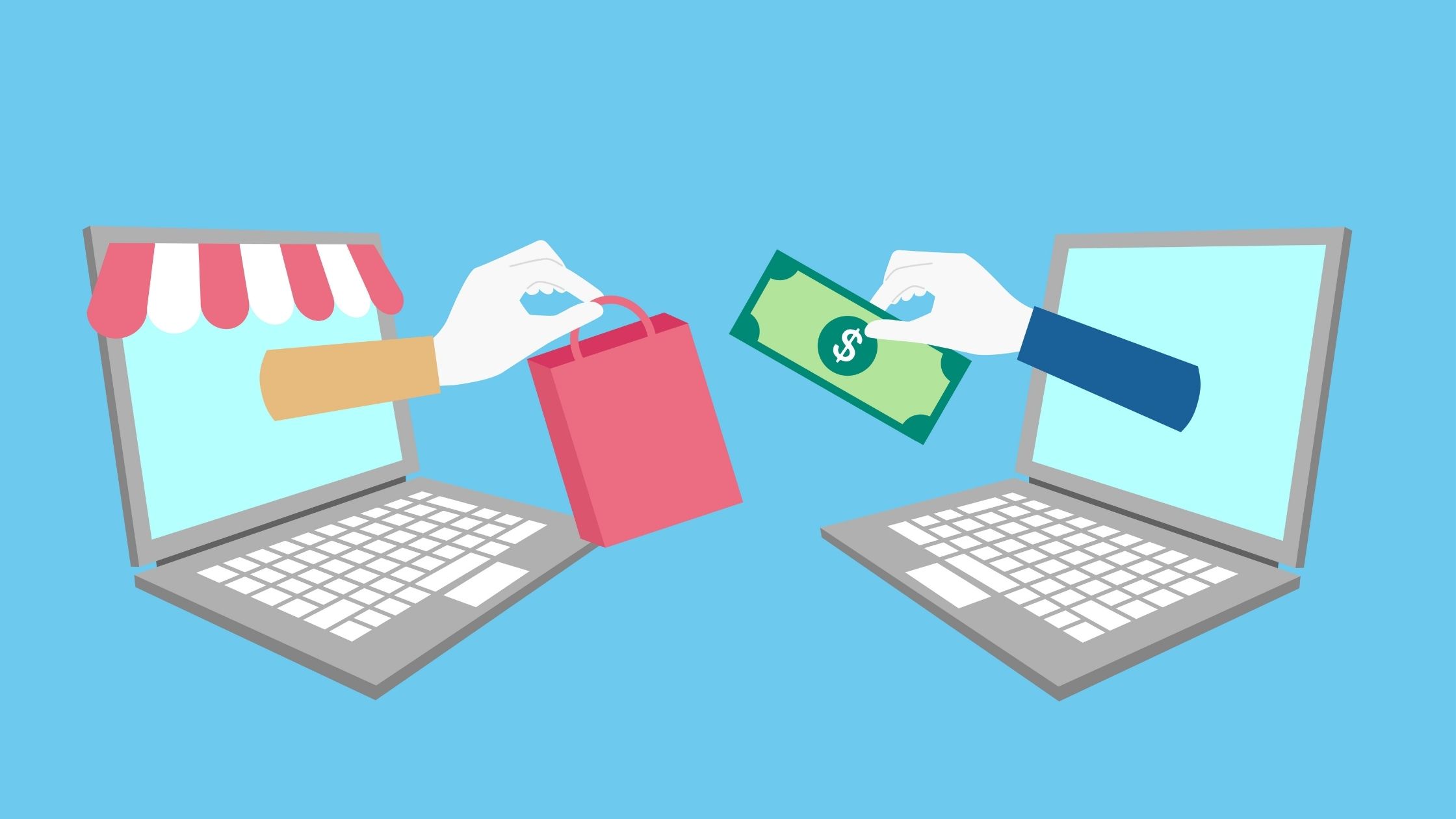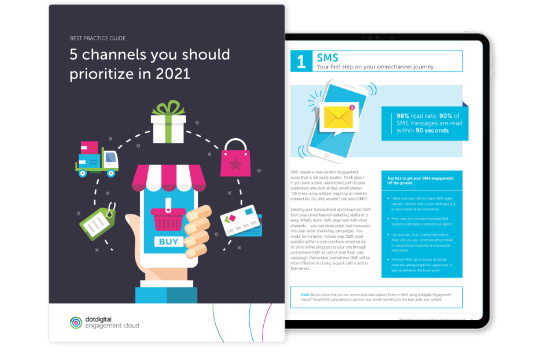What is D2C (direct-to-consumer) marketing?


D2C marketing and its popularity is rapidly changing the ecommerce landscape. Cutting out the retailer, companies are manufacturing, marketing, selling, and shipping their own products directly to the consumer.
With expectations shifting, customers prefer more streamlined and authentic brand experiences. By promoting and selling products direct to the consumer brands can meet these needs.
What is D2C marketing?
Traditional B2C (business-to-consumer) marketing relies on a retailer to bridge the gap between the manufacturer and the customer. D2C eliminates the middle step by selling products and services directly to the consumer.
In a B2C marketing model, customers face several options when it comes to making a purchase decision. It may be that the retailer provides several other products similar to your item, or you may sell a single product through multiple retailers. Once again, D2C eliminates this choice as your brand is the ultimate authority on your products.
D2C marketing allows brands to provide a streamlined, end-to-end experience because you retain complete control over the process. Direct interactions with consumers mean you can collect the customer data you need to address issues and identify areas for improvement without messages being warped by the middle-man retailer.
What are the benefits of D2C marketing?

D2C is an exciting space to be in right now. As an emerging marketing model there are a lot of benefits that come with choosing this become a D2C brand.
More control
By cutting out the middle-man, D2C brands have more control over pricing and product design. It also helps trim away the costs that can come with intermediary retailers. When you cut out this interaction, you have more control and can be more flexible with your products and pricing to attract more customers.
Clear brand identity
With the freedom to connect directly to the customer, D2C brands can focus on communicating their brand story and building a clear brand identity. You don’t have to rely on the retailer to sell your brand. It also means that you can tweak and adjust your brand’s narrative as you learn more about your audience and their values.
Stronger customer relationships
You’re in control of every part of the customer experience. The D2C model allows you to gather the data you need to truly understand your customers. With a clear picture of your customer personas and buying behavior, you can target customers more effectively to deliver unique and personalized experiences. This, in turn, will help you build a loyal customer base who will become long-standing advocates for your brand.
Omnichannel experiences
Once again, without the involvement of a third-party retailer D2C brands have control over the customer’s journey, wherever they are. You can create a truly omnichannel experience that surprise and delight your customers. Whether it’s a retargeting ad, social media campaigns, or SMS flash sales, you’re in control, keeping your brand message and identity consistent.
What are the challenges for D2C brands?

The benefits of direct-to-consumer are plentiful, but if you’re thinking about switching up your business model, it’s important to understand what potential challenges lay ahead.
Competition
The retailers who once sold your products for you are now your competition. They have experience selling to consumers and a clear understanding of the market. Not only that but you have to compete with the likes of Amazon and retailers that offer next-day shipping.
Expertise
Adopting a D2C business model means manufacturers have to quickly expand and begin thinking about their marketing and sales strategies. Often this means hiring new staff that has the expertise you need. Developing expertise in marketing, sales, customer service, and shipping logistics can take a while to get sorted.
Customer demand
When getting started as a D2C brand, ensuring your supply chain is uninterrupted can be a challenge. If demand is high for your products or services order fulfillment can become an issue. Make sure you don’t over-sell your products and end up disappointing your new customers.
How your D2C brand can stand out from your B2C competitors
Gamify your subscription process
Start your new relationship off right with a fun and engaging subscription process. Adding gamification to the sign-up process is a great way to do this. From adding a spin-to-win discount game after a new subscriber submits their email address, to including a scratch-to-win game in your welcome program, gamifying your content is also a winning tactic.
Automate key customer touchpoints
Marketing automation is going to be essential to your D2C marketing team. It will save time and make money while allowing marketers to focus on awareness campaigns like influencer marketing and generating customer reviews. Key touchpoints you need to automate are:
- The welcome program
- Birthday and anniversary programs
- Loyalty programs
- Post-purchase reviews
- After-sales content
- Abandoned cart emails
Embrace user-generated content
User-generated content (UGC) is a great tactic to engage customers and to spark interest in your brand. Relying on your customers to spread the word about your business offers numerous benefits. These content makers act as your brand advocates, and modern shoppers trust the opinions and reviews of their peers than the words of the brand their considering shopping with.
The ultimate D2C marketing strategy
D2C ecommerce is only as successful as your marketing strategy. To truly delight your newfound customers and develop loyal shoppers for life, you need to provide experiences that stand out. Discover how to capitalize on every marketing channel with our best practice guide, 5 channels you should prioritize in 2021.



